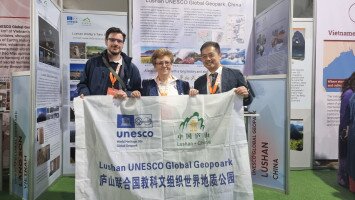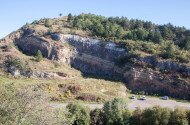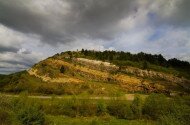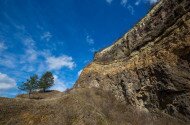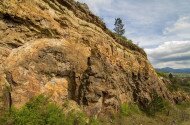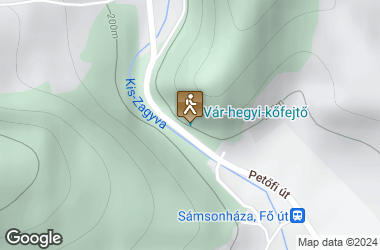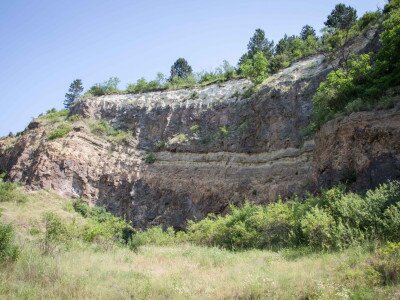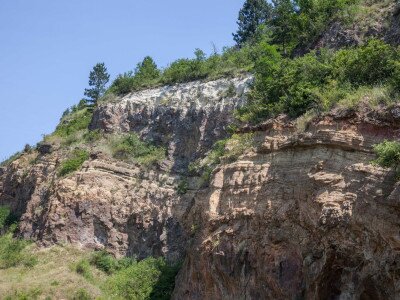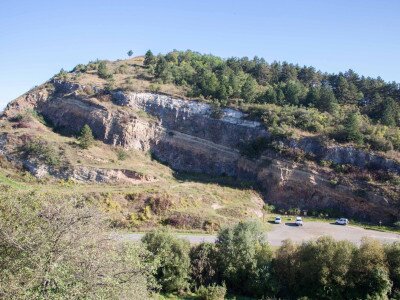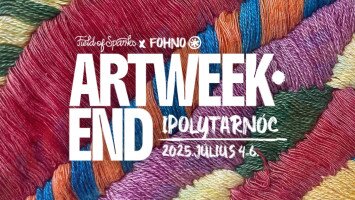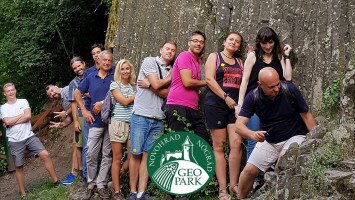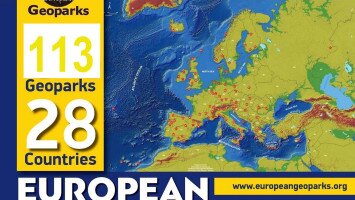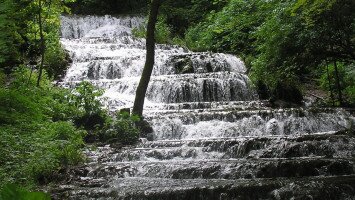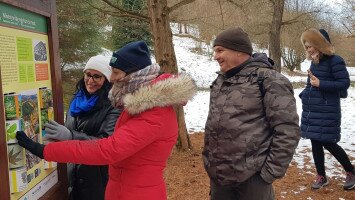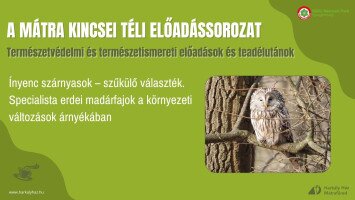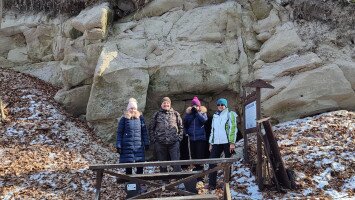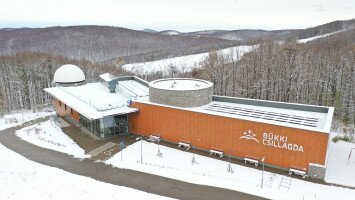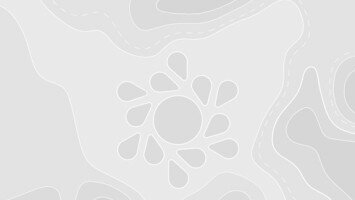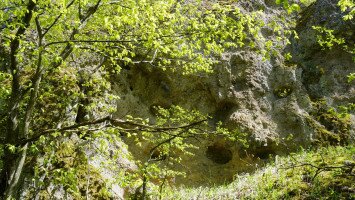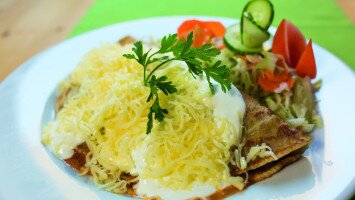Látogatható geotóp.
A földtani alapszelvény, a 299 m magas Vár-hegy és a hozzá délről kapcsolódó 269 m magas csúcs, amiben a kőbánya is található, a földtani irodalomban igen gyakran hivatkozott feltárások voltak. Ennek magyarázata, hogy gyakorlatilag kis területen belül igen jól tanulmányozhatók egy sekélytengeri környezetben működő vulkánkitörés termékei, lávafolyásai és az erre települő, igen sok tengeri faunát tartalmazó üledékes összlet rétegei. Az akkori földtani környezet a jelenlegi is működő Stromboli vulkánhoz hasonlítható leginkább. Számos nagynevű geológus, paleontológus és vulkanológus kereste és dolgozta fel a területet. Rétegtani és őslénytani érdekességei és nem utolsó sorban látványossága miatt is gyakran volt nemzetközi és hazai kongresszusok, földtani kirándulások célpontjai.
Keletkezése, felszínalaktani jellemzők
A bánya a Mátrai Vulkanit Formáció típus feltárása, amit földtani érdekességei miatt 1975-ben helyeztek védelem alá, majd a Kelet-Cserhát Tájvédelmi Körzet megalakulásával abba beleolvadt.
A bánya két lávafolyást tár fel, ami kb. 15-16 millió évvel ezelőtt ömlött a vízzel borított felszínre. Alattuk piroklasztikumok (szórt vulkáni törmelékek) helyezkednek el, valamint a bánya fedőjében sekélytengeri mészkövek.
Legalul helyezkedik el egy fehéres-szürke, felső részében gyakran vöröses színű, robbanásos eredetű, finomszemű (mm-nél kisebb méretű) és kevés, apró lapilliket (mm-es cm-es nagyságű, kerekded kőzetdarabok) tartalmazó hullott (andezit- vagy dácit-) tufa.
A kőzet bontottsága, rétegzettsége arra utal, hogy a tufa vízbe hullott (alsótufa).
Ezt egy sötétszürke színű, andezit anyagú lávafolyás követte ("alsó lávafolyás"), amiben a nedves környezet miatt igen sok cm-es nagyságrendű, a folyás irányával párhuzamosan rendeződött, gyengén lapult hólyagüregek és m-es nagyságrendű üregek találhatók. Az andezitet töréses zónák tagolják, amelyek a kihűléskori zsugorodáskor alakultak ki.
A kőzet szövete mikrokristályos, vagyis szabad szemmel nem ismerhetők fel benne ásványok. Ez utóbbi is a gyors lehűlésre utal. A lávafolyás és a piroklasztilum (a hullott tufa, lapillis tufa stb. összefoglaló neve) érintkezésénél a piroklasztikum vöröses elszíneződésű, a lávafolyás alsó része pedig vékony lemezes szerkezetű.
A lávafolyás felső része gyorsabban hűlt, mint a belső egysége, így ott a lávafolyam előrehaladása során a megszilárdult tömbök keveredtek a lávával és a következő kitörés piroklasztikumával. Ezek az andezit lávafolyásokat fedő autobreccsák.
Erre az "alsó tufá"-tól színben (valamivel sötétebb sárgás színű) és a lapillik méretében eltérő (általában nagyobb méretűek) piroklasztikum települ. Eltérés állapítható meg a rétegzettségében is, mivel ez a "felső tufa" nemcsak sík, hanem keresztrétegzettséget is mutat, ami áramló vízre utal. A felső részében itt is megfigyelhető a ráfolyó andezit láva hőhatására történő vöröses elszíneződés.
A "felső lávafolyás" szintén egy lávaár, ami szerkezetében és szövetében is nagyon hasonlít az "alsó lávafolyásra". Szövete ennek is mikrokristályos, de valamivel kevesebb üreget tartalmaz.
A bánya legfelső részében fehéres színű, gyengén rétegzett homokos és tufás összetételű mészkő található, ami sekély, melegvízi tengerparton keletkezett. A fenti keletkezési körülményekre a benne található kagylók mészvázű élőlények utalnak.
A fenti rétegsor 20-25 °-os, DK-i irányú dőlősét a terület tektonikai kibillenésével magyarázhatjuk.
A bányában feltárt andezit lávák és piroklasztikumaik egykorúak a Mátrát felépítő sztratovulkáni sorozattal. Vastagságuk itt 40-60 m, míg a Mátrában elérhetik az 1000 m-t is.
Az un. réteg (sztrato) vulkánok jellemzője, hogy az egyik működési ciklusban vulkáni piroklasztikumot (a méretük növekedésének sorrendjében: hamu, lapilli, vulkáni bomba) szórnak a felszínre a robbanásos kitörésük során, míg a következő, nyugodtabb szakaszban lávafolyások ömlenek a hullott piroklasztikumokra. Ezek többször ismétlődnek.
